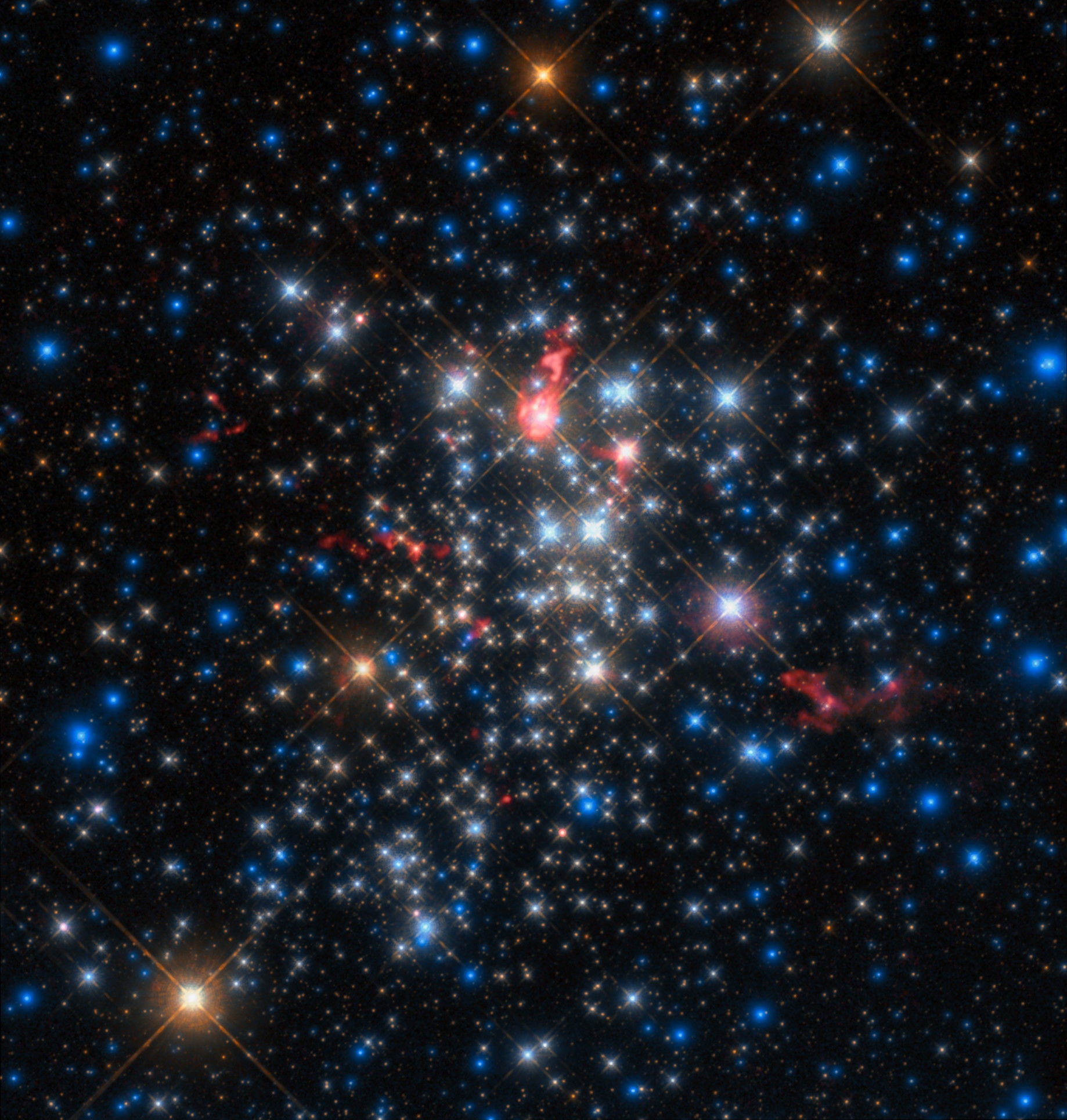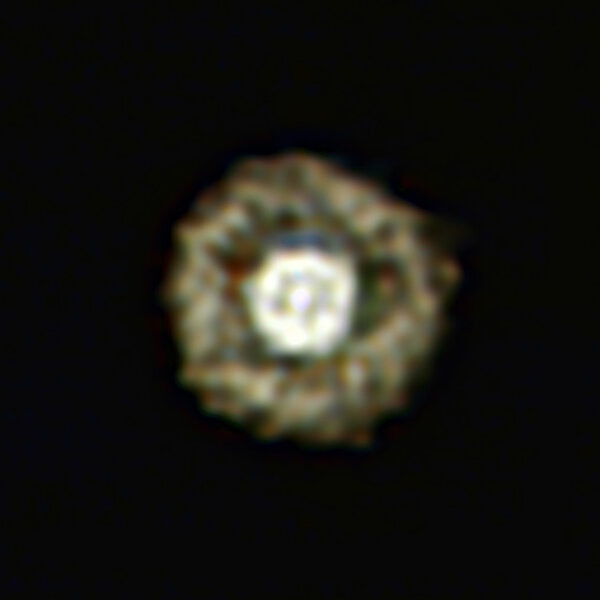Create a free profile to get unlimited access to exclusive videos, sweepstakes, and more!
Westerlund-1: A star cluster full of monsters

In 1961, the Swedish astronomer Bengt Westerlund was taking photographic plates of the sky near or on the plane of the Milky Way — that is, looking deep into the murk of our flattened disk of a galaxy. He was observing at Mt. Stromlo in Australia, where the Milky Way rises high above the horizon, giving fantastic views of the galaxy.
In the images he found something very interesting: A dense cluster of stars, heavily obscured by clouds of dust between us and it. Cold interstellar dust (located far away from and between stars in the galaxy) is made of tiny grains of rocky or carbonaceous material, and is excellent at absorbing light. It not only makes objects behind it look fainter, but it also reddens the light, in the same way the Sun looks redder when it’s near the horizon (astronomers call this extinction).
If this cluster weren’t so heavily obscured, it would be one of the most celebrated objects in the sky, easily visible to the naked eye and magnificent even through binoculars.
The cluster he found that night is now called Westerlund-1. It’s an amazing object, packed with loads of stars — many of which have hair-raising properties, which I’ll get to in a moment, because holy yikes they’re monsters. But it’s so heavily obscured it’s hard to observe, unless you look in infrared light or even longer wavelengths like millimeter and radio waves; that kind of light can more easily penetrate the thick dust.
And when you do, what you get is this incredible view:
Whoa.
This image is a combination of quite a few separate observations by the Hubble Space Telescope, predominantly in the near infrared. But also added to the Hubble image are observations of from the Atacama Large Millimeter/submillimeter Array — shown in red — which observed light with a wavelength of 3 millimeters, far outside what our eyes can detect. Ironically, this wavelength is where warm dust emits light (as opposed to very cold interstellar dust which is dark), and as you can see several of the stars are cocooned in this dust.
This dust is being blown off by the stars themselves! These are very massive stars and are at the age where they’re dying. They’ve used up all the hydrogen in their cores, having converted it to helium via nuclear fusion. The details are complicated, but what’s going on in their cores is dumping vast amounts of energy into their outer layers, which respond by puffing up, causing the star to swell into a supergiant — some are over a billion kilometers across!
When the gas expands, it has a lot more surface area, so the amount of energy they emit per square centimeter actually drops. Although the total energy they emit is far higher, they have so many more square centimeters they actually cool off, and turn red. We call these red supergiants.
The outer layers are cooler, and the chemistry that goes on in them can create these grains of dust. The pressure from all the light the star emits blows these grains away, creating dust clouds around them.
But as you can see, the clouds aren’t all symmetric. Several of them seem to point toward the cluster center, and that’s a new result with these ALMA observations. It’s likely that this is due to the combined might of the stars in the cluster; the most massive and hottest of these stars will blow a furious wind of subatomic particles, just like the Sun’s solar wind, but far more energetic. This wind blows out from the center, more or less, and carves those cocoons into those shapes around the individual stars. It’s also possible that a supernova or two has gone off in the cluster, and the force from that is blowing the dust away… though the astronomers who did this work think stellar winds are the more likely culprit.
Here’s a thing, though: Only a couple of those stars are red supergiants. Several of them are actually much warmer, and called yellow hypergiants. These are beasts. They’re incredibly massive (around 30 – 35 times the mass of the Sun), and are mind-crushingly luminous: Some of them are up to 400,000 times as luminous as the Sun.
Four. Hundred. Thousand. Replace the Sun with one of these and the Earth would be vaporized in short order. Holy cow.
I’m glad this cluster is so far away! In fact, its distance has been controversial ever since it was discovered. The heavy extinction makes most distance determination methods unreliable, with distances quoted from 3,000 up to 16,000 light years. However, a new study using data from Gaia — a European Space Agency mission designed to find the distances to stars — puts Westerlund-1 at just over 10,000 light years.
That’s closer than the value usually used in previous papers, and that changes a lot of things about the cluster. For example, it was thought that the total mass was over 60,000 times that of the Sun, but the closer distance means it’s probably more like 20,000 solar masses. That’s still a lot, and it’s still one of the most massive clusters known, but it was thought that Westerlund-1 might be on its way to becoming a globular cluster, a hugely massive cluster of stars; now it looks more like it’s a more ordinary, though hefty, open cluster.
The age of the cluster is still an issue. Some of the stars look like they’re 5 million years old, but some look older. Perhaps star birth happened in waves, coming at two different times. Because the cluster is closer than thought, that means its most massive stars are less massive than once thought, too. Less massive stars live longer, so the cluster is older than previous estimates.
It’s amazing how important just getting a solid distance to an object is; it affects pretty much everything else we know about it. The new distance measurement is brand spanking new, so I expect a flurry of papers will come out soon re-measuring everything else. That should prove interesting.
And hopefully it’ll encourage more observations of this incredible cluster. Given what we see here, I’m all for that!




























